Engineered Hardwood
Engineered Hardwood flooring can bring warmth and style to any room in your home. This flooring type is real hardwood – “engineered” simply refers to the way it’s manufactured.
Get inspired! Use our room visualizer (icon on bottom right) to see today’s innovative flooring products in your home.
Why Choose Engineered Hardwood?
- Authentic Hardwood Beauty — Enjoy real wood veneers offering the warmth and elegance of natural hardwood.
- Enhanced Structural Stability — Built with cross-grain layers, it resists warping, cupping, and gaps.
- Perfect for Florida’s Climate — Stays stable through humidity swings and temperature changes.
- Versatile Installation Options — Suitable for below-grade spaces and concrete subfloors.
- Eco-Friendly Choice — Uses fewer trees than solid wood, making it a sustainable flooring option.
Come visit our Lakewood Ranch or Sarasota showroom to see all of today’s best options or call us to schedule your free flooring estimate and shop at home!
Room-by-Room Benefits
| Room | Engineered Hardwood Advantages |
|---|---|
| Living Areas | Offers genuine hardwood aesthetics with improved stability for varied conditions |
| Bedrooms | Soft and inviting underfoot, while resisting seasonal shifts |
| Kitchens | Durable surface that stands up to daily wear |
| Home Offices | Maintains consistency under variable heating and cooling systems |

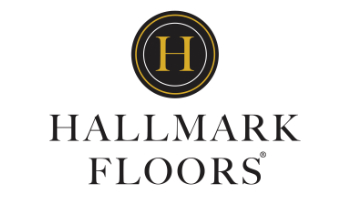


Contact Us Today
Request a Free Estimate
Frequently Asked Questions (FAQs)
FAQs
Maintenance

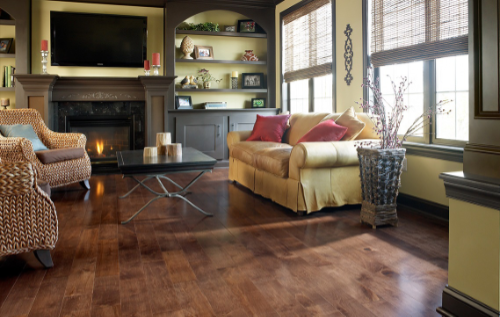
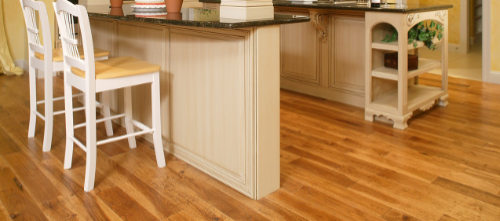

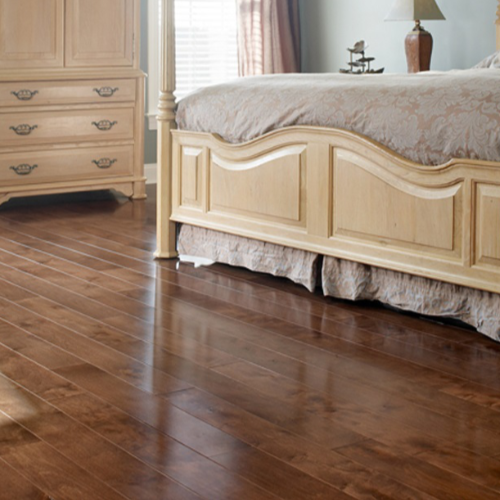
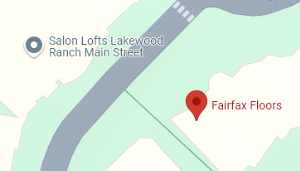
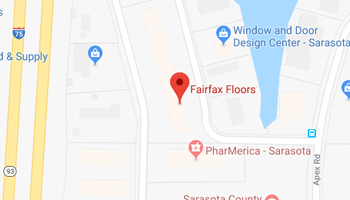




 NO TARIFF INVENTORY SALE!
NO TARIFF INVENTORY SALE!